Tag: PR-TF83.4
-
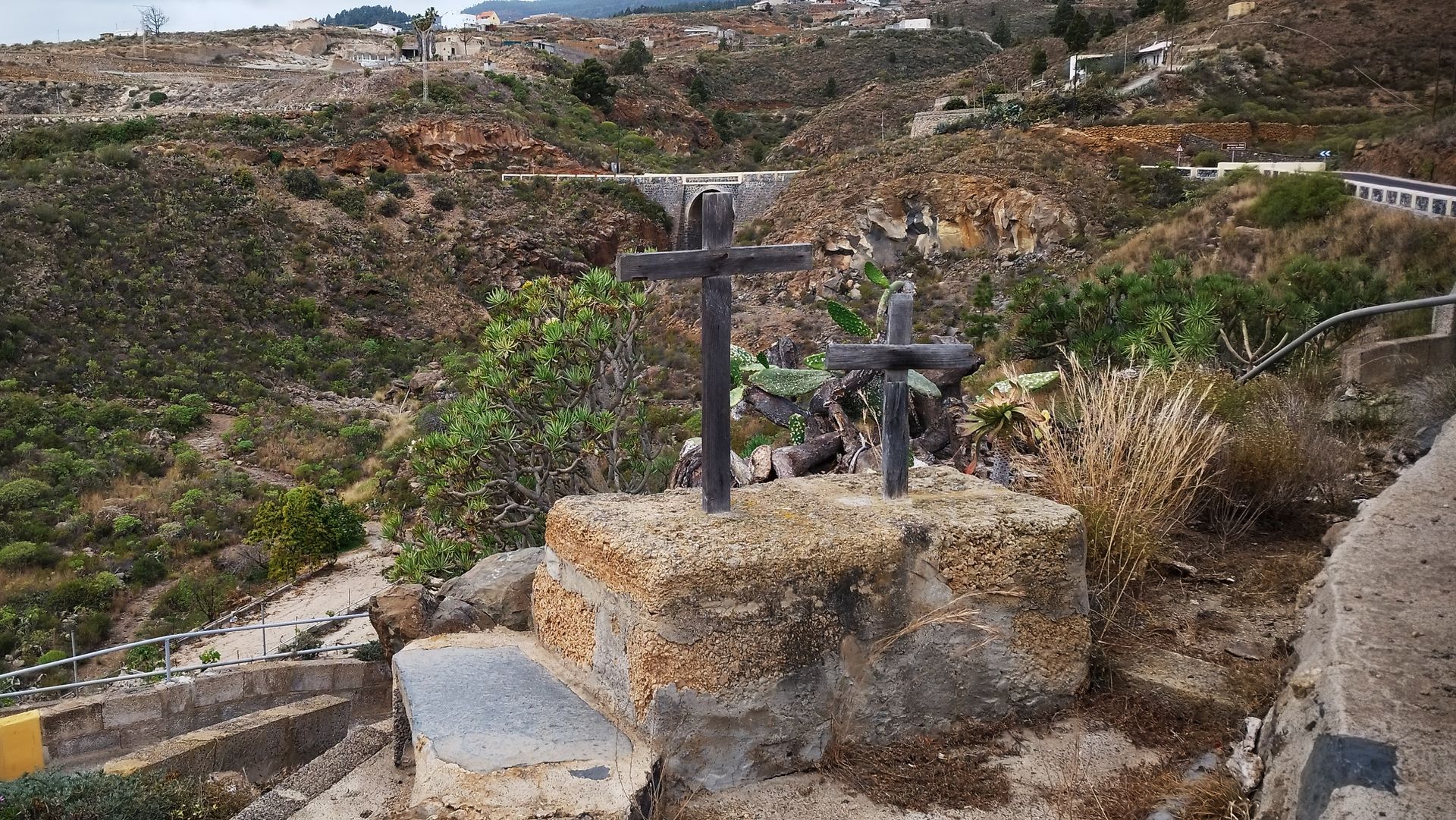
Los descansaderos
—
by
At the rest stops, strength was replenished to keep going. Along the Camino Real there are different religious manifestations: crosses, calvaries, hermitages and resting places. The latter were places used by funeral processions to stop on their way to the cemetery. In the past there were no roads, communications were carried out along the Camino…
-
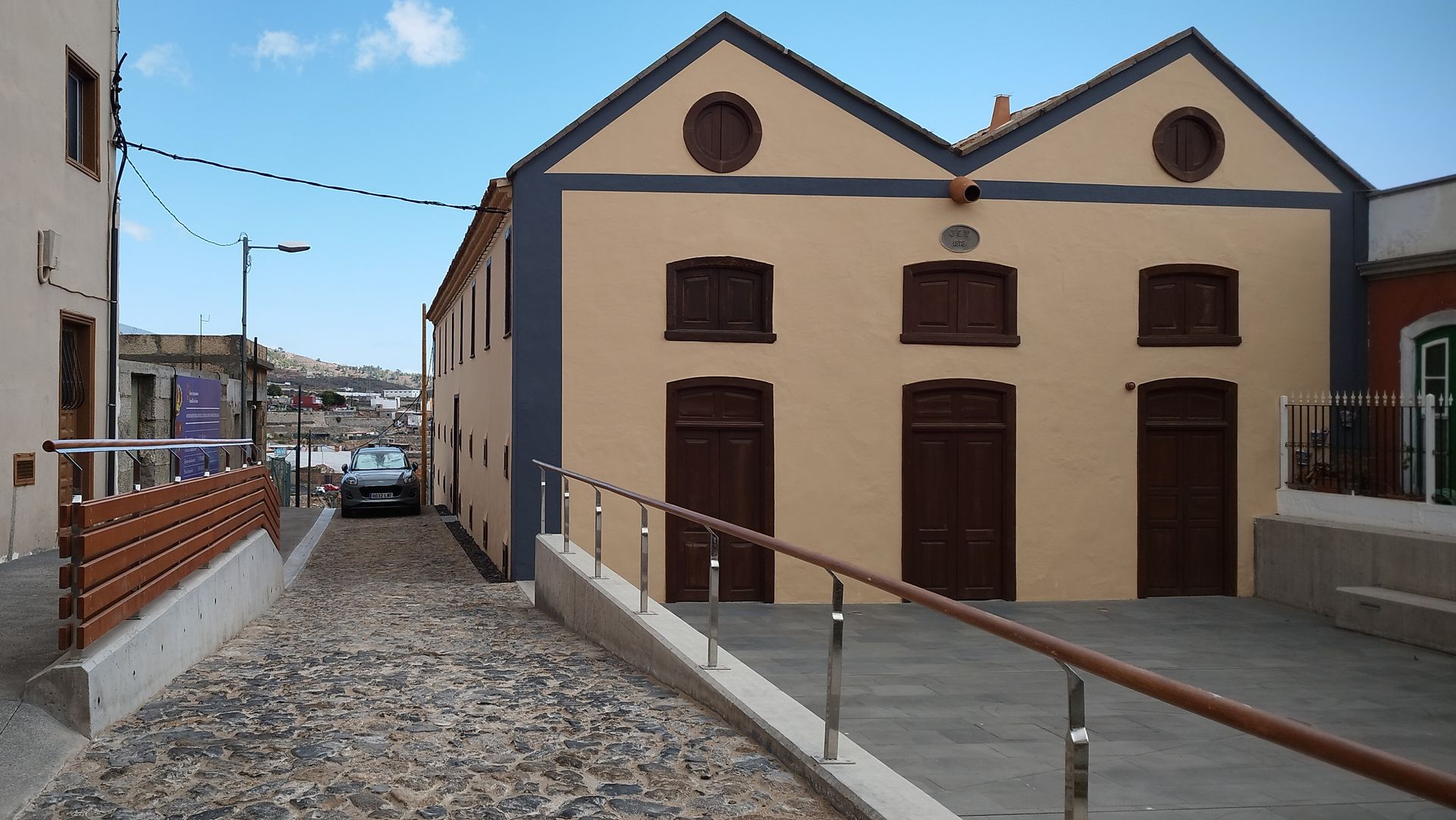
Secadero de tabaco
—
by
The products of the region circulated along the Camino Real The royal roads are so called because they belonged to the crown, although in the Canary Islands they depended on the island councils. They had to be seven metres wide, fenced off and zigzag across the slopes, but not all of them met these minimum…
-
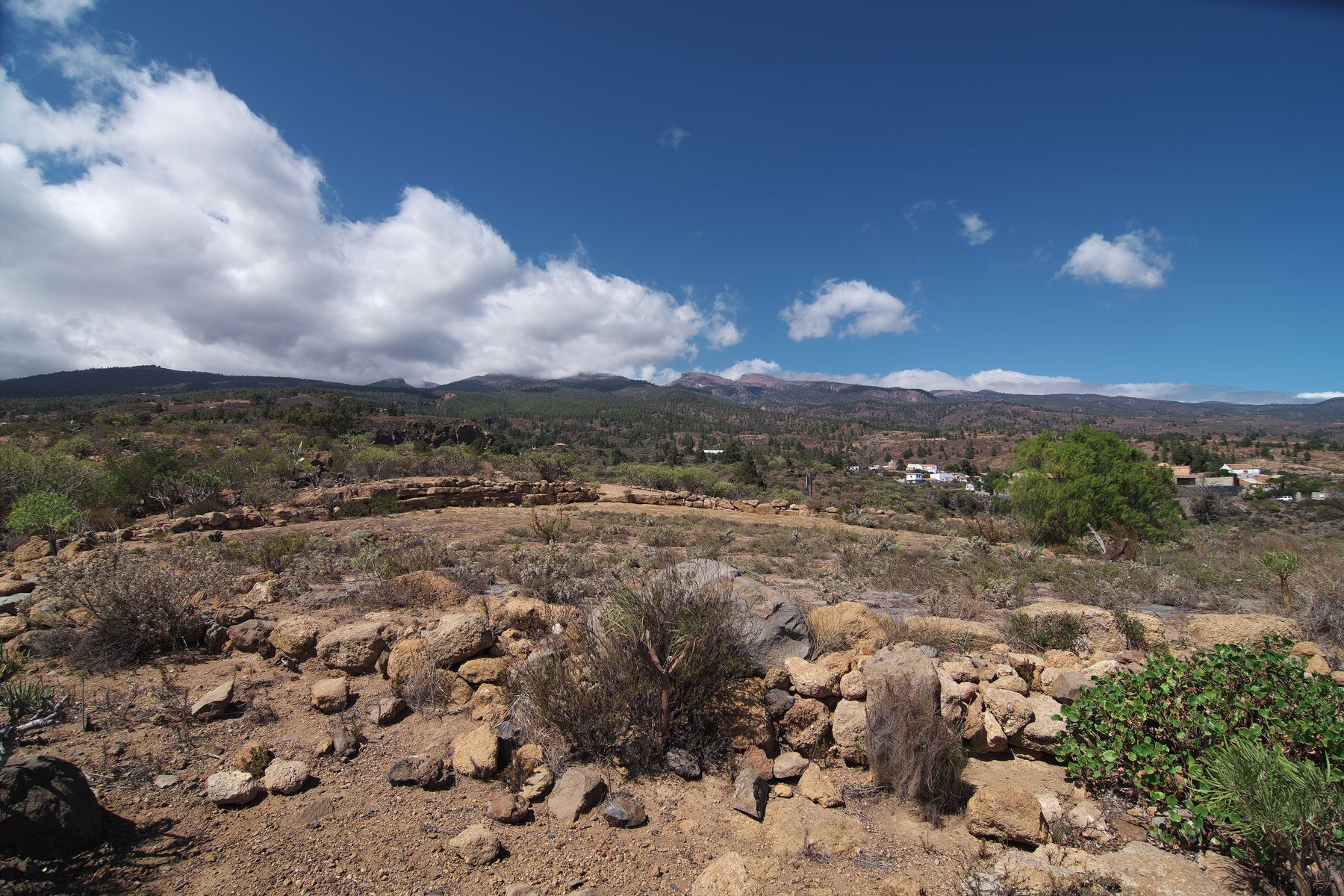
Era del Tejal
—
by
Camels were the driving force of the island’s countryside. The Tejal threshing floor is about 25 metres in diameter and is notable for being carved directly into the volcanic tuff. At some points the hollows were filled in with basalt slabs to complete the necessary smooth surface. It is very likely that camels were used…
-
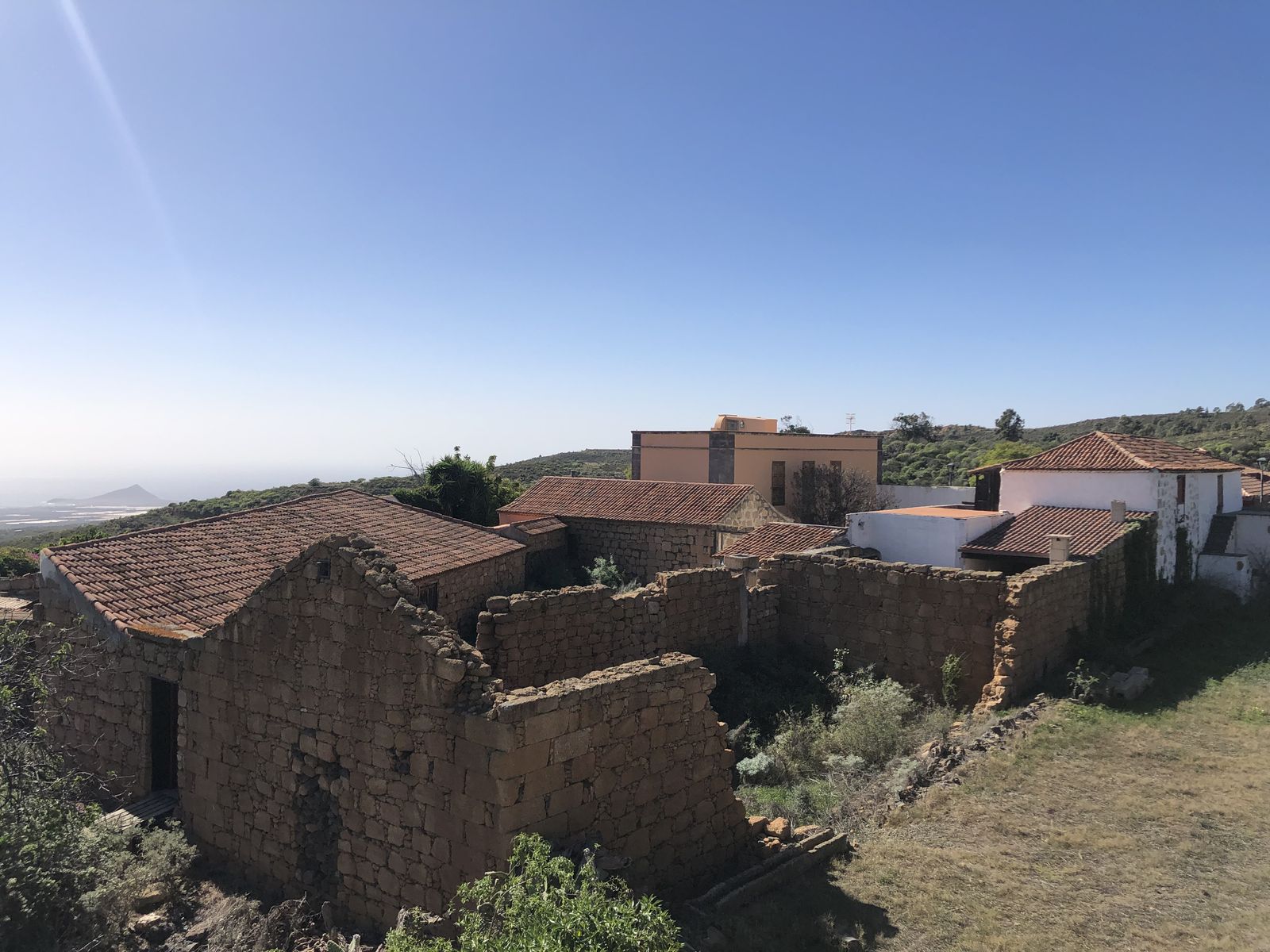
Casa de Los Guimerá
The oldest house in the village was built in the in the 16th century and was used as a tobacco dryer in the 19th and 20th centuries After the conquest, Las Vegas initially belonged to the Duke of Medina-Sidonia, passed into the hands of the Basque Juan de Gordejuela and, later, to the Augustinian nuns…
-
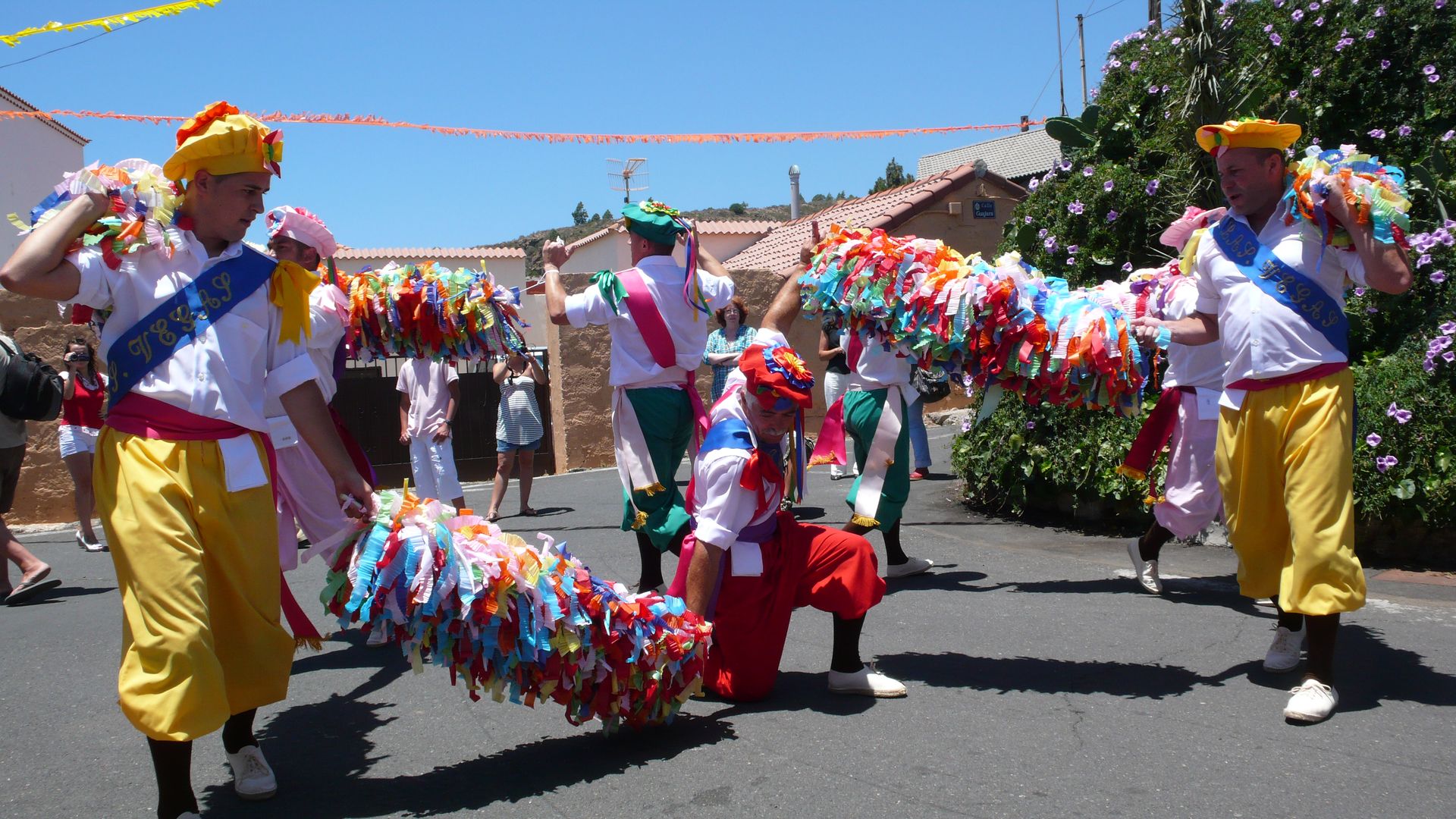
El origen de la comarca de Abona
Las Vegas: one of the seeds that originated the region of Abona. At the beginning of the 16th century, after the conquest of the island, the settler Suárez de Quesada received an enormous but not very productive area of land called Abona. Of all this land, the area of Las Vegas had the greatest agricultural…
